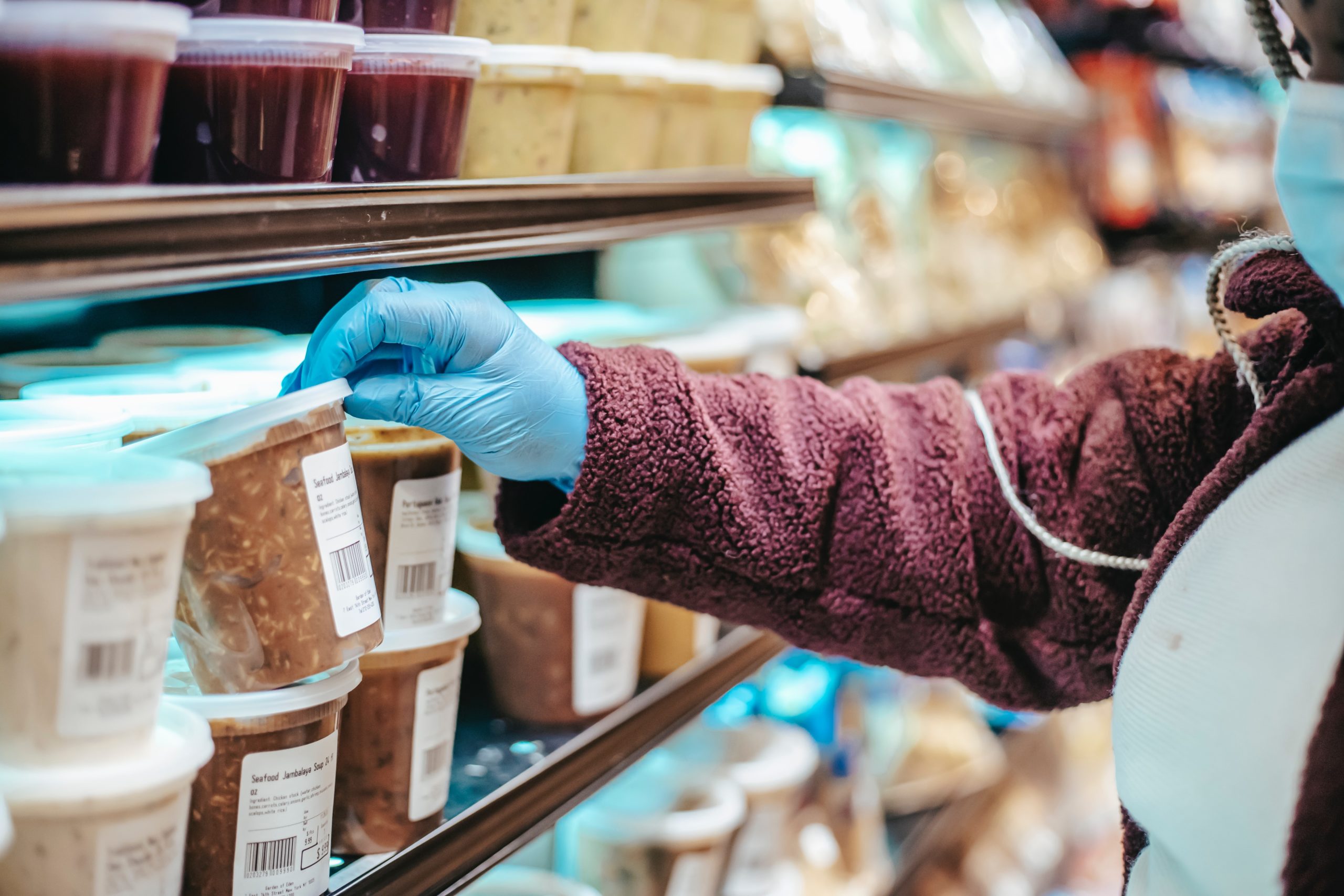
Description
In 2015, the ONU set out 17 sustainable development goals. Those are urgent calls to action that all
countries, in a common effort, must act on to ensure a sustainable future. Behind those goals, several
problematics need to be addressed and combined with entrepreneurship initiatives to build an impact
strategy. Waste due to our consumption habits is touching on the objectives 11 (Sustainable Cities and
Communities), 12 (Responsible Consumption and Production), and 13 (Climate Action). The detailed
study of those wastes led us to realise the importance of plastic in the waste streams from any Walloon
household. Being the material with the lowest recycling rate made it another argument for deepening
our understanding of this waste stream.
Not all plastics are the same, and all have a different negative impact. Single-use plastic stands very
high in people’s opinion as something to get away from. An example where those are very frequently
used is in takeaway packaging. Single-use plastic containers are well established in the catering industry.
This stream of waste on its own is highly environmentally damageable due to the low recyclable
potential plastic used, the lack of appropriate sorting, leakage into the environment, poor energy
conversion, and weaknesses in the recycling cycle. Yet, thanks to their wide range of design, functional
properties, and low cost, plastics are still a solution that is preferred in most cases.
There is a willingness from people in the industry and a growing interest from their clients to move
away from plastic. As long as it does not fully disrupt the current working way of the professional and
still bring a similar cost implication and convenience to their clients, there are opportunities to change.
Structuring ideas using Lansink’s Ladder and exploiting the work on the circular economy for plastic
from the MacArthur Foundation, helped to capture existing solutions and develop a value proposition.
The 3 main pillars of actions, Reduce, Reuse, and Recycle, are covering a long list of solutions that exist
or can be implemented. All of them need to be handle with care. Doing more damages than benefits with
a potential solution can easily occur if not taking all the value chain and the rest of the life cycle of the
solution into account. However, to maximize the impact, it appears that only a combination of actions
that are strategically integrated with each other will bring to the most significant change.




